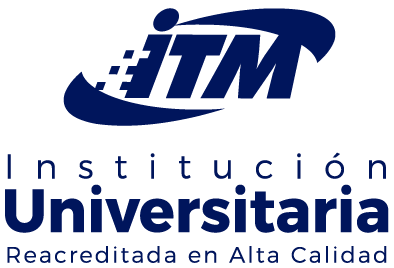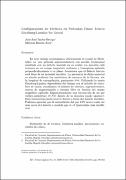| dc.contributor.author | Barba-Ortega, José J. | |
| dc.contributor.author | Rincón-Joya, Miryam | |
| dc.date.accessioned | 2019-07-18T14:10:07Z | |
| dc.date.accessioned | 2019-08-20T15:29:04Z | |
| dc.date.available | 2019-07-18T14:10:07Z | |
| dc.date.available | 2019-08-20T15:29:04Z | |
| dc.date.issued | 2011-12-20 | |
| dc.identifier | https://revistas.itm.edu.co/index.php/tecnologicas/article/view/6 | |
| dc.identifier | 10.22430/22565337.6 | |
| dc.identifier.uri | http://hdl.handle.net/20.500.12622/883 | |
| dc.description.abstract | En este trabajo investigamos teóricamente el estado de Shubnikov en una película superconductora con sección transversal cuadrada con un defecto inserido en su centro. La muestra está inmersa en un campo magnético uniforme y homogéneo aplicado perpendicularmente a su plano. Asumimos que el defecto interno está lleno de un material metálico. La presencia de dicho material se simula mediante las condiciones de contorno de de Gennes, vía la longitud de extrapolación, parámetro b>0. Utilizando la teoría Ginzburg-Landau dependiente del tiempo con el método de variables de unión, estudiamos el número de vórtices, supercorrientes, curvas de magnetización y energía libre en función del campo magnético aplicado. Espontáneamente una interacción de un par vórtice-antivórtice (V-AV) dentro de la muestra puede aparecer. Esta interacción puede ocurrir dentro o fuera del defecto metálico. Podemos apreciar que la aniquilación del par VAV ocurre cada vez más cerca del defecto a medida que b→0 (materiales más metálicos). | spa |
| dc.format.mimetype | application/pdf | |
| dc.language.iso | spa | |
| dc.publisher | Instituto Tecnológico Metropolitano (ITM) | spa |
| dc.relation | https://revistas.itm.edu.co/index.php/tecnologicas/article/view/6/3 | |
| dc.rights | Copyright (c) 2017 Tecno Lógicas | spa |
| dc.source | 2256-5337 | |
| dc.source | 0123-7799 | |
| dc.source | TecnoLógicas; Num. 27 (2011); 89-102 | eng |
| dc.source | TecnoLógicas; Num. 27 (2011); 89-102 | spa |
| dc.subject | Parámetro de de Gennes | spa |
| dc.subject | Ginzburg-Landau | spa |
| dc.subject | mesoscópico | spa |
| dc.subject | variables de enlace | spa |
| dc.title | Configuración de vórtices en películas finas: Teoría Ginzburg-Landau no lineal | spa |
| dc.title.alternative | Configuración de vórtices en películas finas: Teoría Ginzburg-Landau no lineal | |
| dc.subject.keywords | De Gennes parameter | eng |
| dc.subject.keywords | Ginzburg-Landau | eng |
| dc.subject.keywords | mesoscopic | eng |
| dc.subject.keywords | link variable. | eng |
| dc.type | info:eu-repo/semantics/article | |
| dc.type | info:eu-repo/semantics/publishedVersion | |
| dc.type | Articles | eng |
| dc.type | Artículos | spa |
| dc.relation.ispartofjournal | TecnoLógicas | |
| dc.description.abstractenglish | In this work, we investigated theoretically the Shubnikov state in a superconducting film with square cross section with a defect inserted in the center. The sample is immersed in a uniform and homogeneous magnetic field applied perpendicular to its plane. We assume that the internal defect is filled with a metallic material. The presence of such material is simulated by the boundary conditions of de Gennes, via the extrapolation length, parameter b> 0. Using the time-dependent Ginzburg-Landau theory with the Link variable method, we analyze the vortex number, supercurrents, magnetization curves and free energy as function of the applied magnetic field. Spontaneously a vortex-anti-vortex pair (V-AV) interaction into the sample can appears. This interaction can occur inside or outside the metal defect. We see that the VAV pair annihilation occurs closer the defect when b→0 (more metallic material). | eng |
| dc.rights.accessrights | info:eu-repo/semantics/openAccess | |
| dc.type.coar | http://purl.org/coar/resource_type/c_6501 | |


